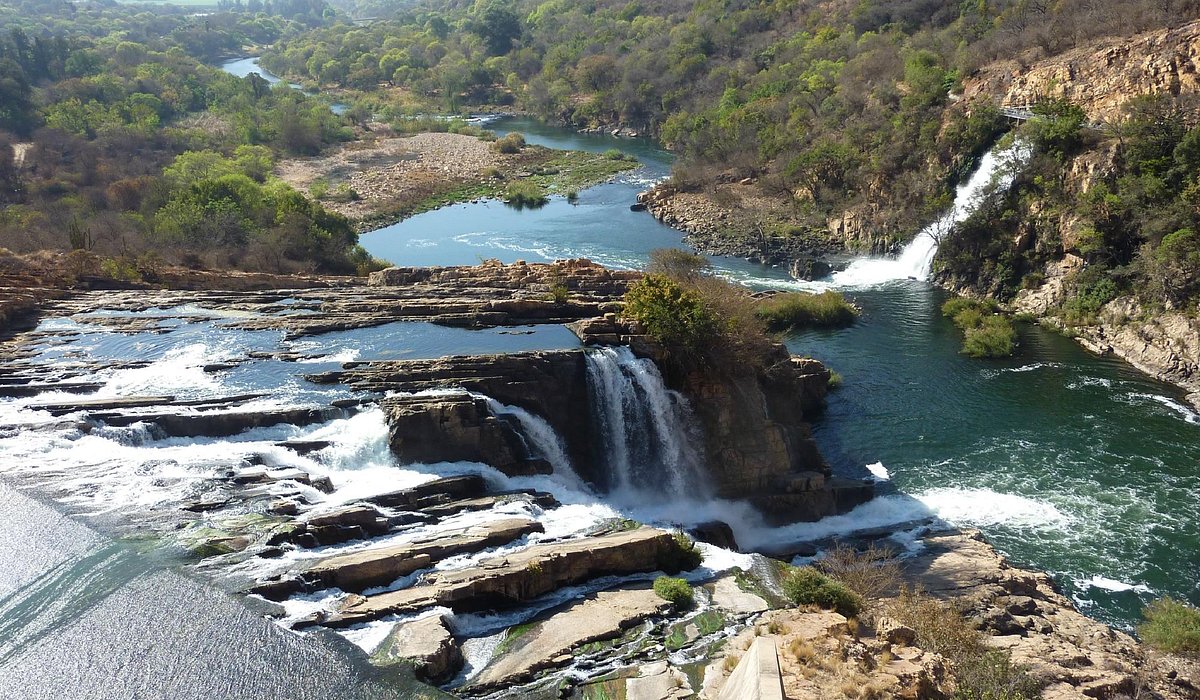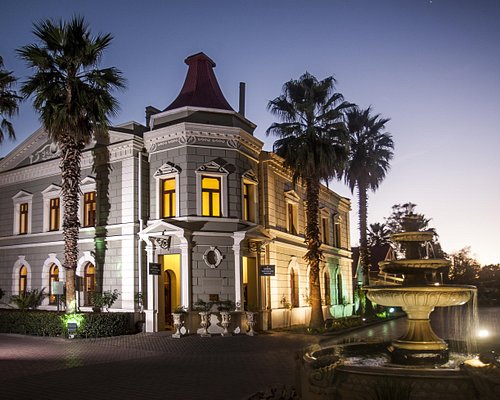The 25-Second Trick For Johannesburg North Attractions
The 25-Second Trick For Johannesburg North Attractions
Blog Article
The Only Guide to Johannesburg North Attractions
Table of Contents5 Easy Facts About Johannesburg North Attractions ShownA Biased View of Johannesburg North AttractionsHow Johannesburg North Attractions can Save You Time, Stress, and Money.The 10-Second Trick For Johannesburg North AttractionsWhat Does Johannesburg North Attractions Mean?Unknown Facts About Johannesburg North Attractions
The city owes its place to the visibility of an also extra priceless source: gold. The city expanded on the edge of the Witwatersrand Main Coral reef, a below ground stratum of gold-bearing quartz-silica corporation that arcs for hundreds of miles beneath the Highveld. The majority of the gold mines in the city discontinued procedure in the 1970s, however in its day the Witwatersrand gold market accounted for greater than 40 percent of the world's annual gold manufacturing.Johannesburg has a pleasant environment. Summertime temperature levels balance about 75 F (24 C); winter season temperature levels average about 55 F (13 C) and only occasionally dip listed below freezing. The city delights in about eight hours of sunshine per day in both wintertime and summer season. Rainfall averages about 28 inches (700 millimetres) per year, yet the total varies substantially from year to year.
What rainfall the city receives falls almost solely in the summer season months, often in stunning late-afternoon electric tornados., where numerous citizens still rely on coal for fuel.

Our Johannesburg North Attractions PDFs
The balance of the city is inhabited by whites. Lodging varies in personality and top quality. Soweto is infamous for its endless rows of municipally developed, two-room matchbox homes, yet it additionally has a couple of thriving enclaves along with bristling squatter camps, where 10s of thousands live without water, electrical energy, or hygiene centers.
Physical growth, although somewhat restricted by transport, proceeded rapidly as migration to South Africa, and Johannesburg in particular, boosted dramatically.
Most poor suburbs were blended, with inadequate blacks and whites living together, although the wealthy suburban areas were normally scheduled for whites. This altered with the political election of the National Celebration in the 1948 political elections, that started to formalise the system referred to as apartheid. Apartheid formally designated which suburbs each race can stay in under the Group Locations Act.
The number of people living in the inner city on an informal basis is unknown, as several are prohibited additional reading immigrants. The unemployment, education, and age profiles of the area are all unknown, due to the trouble of acquiring trustworthy information regarding the area.
Top Guidelines Of Johannesburg North Attractions
Yeoville and Bellevue have a mix of house buildings and solitary residential units on small great deals. The area lies on a hilly divide that runs from east to west. The most obvious geographic attribute is Observatory Ridge, which is named for the big observatory situated on it. The leisure areas are no much longer used, because of security problems.

Johannesburg North Attractions Can Be Fun For Everyone
The eastern residential areas are some of the oldest areas of Johannesburg, there are large communities of Jewish and other European histories, the bulk of the population is English talking. There are 3 golf courses as well as a number of protected ridges with viewsites.
The location is mainly made up of old "matchbox" houses, or four-room homes built by the federal government, that were constructed to supply affordable accommodation for black employees during racism. Soweto is an acronym, standing for "South Western Townships". Street after road around is lined with matchboxes; nevertheless, there are a few smaller areas where flourishing Sowetans have actually built homes that are much more similar in stature with those in more wealthy residential areas.
Hostels are another famous physical function of Soweto. Initially developed to house male migrant workers, numerous have actually been improved as dwellings for couples and households. The try this out N1 Western Bypass skirts the eastern border of Soweto. The suburb was not traditionally allowed to create employment centres within the area, so mostly all of its homeowners are commuters to various other parts of the city.
The Definitive Guide for Johannesburg North Attractions
The residential areas in the north suburbs are primarily official, with no considerable areas of casual housing, or real estate that lacks a permanent structure. This is an established area, there is a pattern of land use change from property to industrial, particularly click site along primary arterial roads and around well-known nodes.
The area is well linked to road networks, specifically along the north-south axis developed by the M1 and N1. Roadways to the eastern and west are much less well created, as there are no freeways travelling in that direction. In the direction of the northern border of the city, the thickness of development reduces, leaving big areas of untaught land around Midrand.
The Ultimate Guide To Johannesburg North Attractions
The very first suburb to the north of the internal city is Parktown, which lies on a hill ignoring the central city and Hillbrow. It has several rich citizens and Edwardian-design mansions, in addition to the Education and learning and Medical campuses of the University of the Witwatersrand. The big concrete Charlotte Maxeke Johannesburg Academic Health Center controls the sky line of Parktown.
Report this page